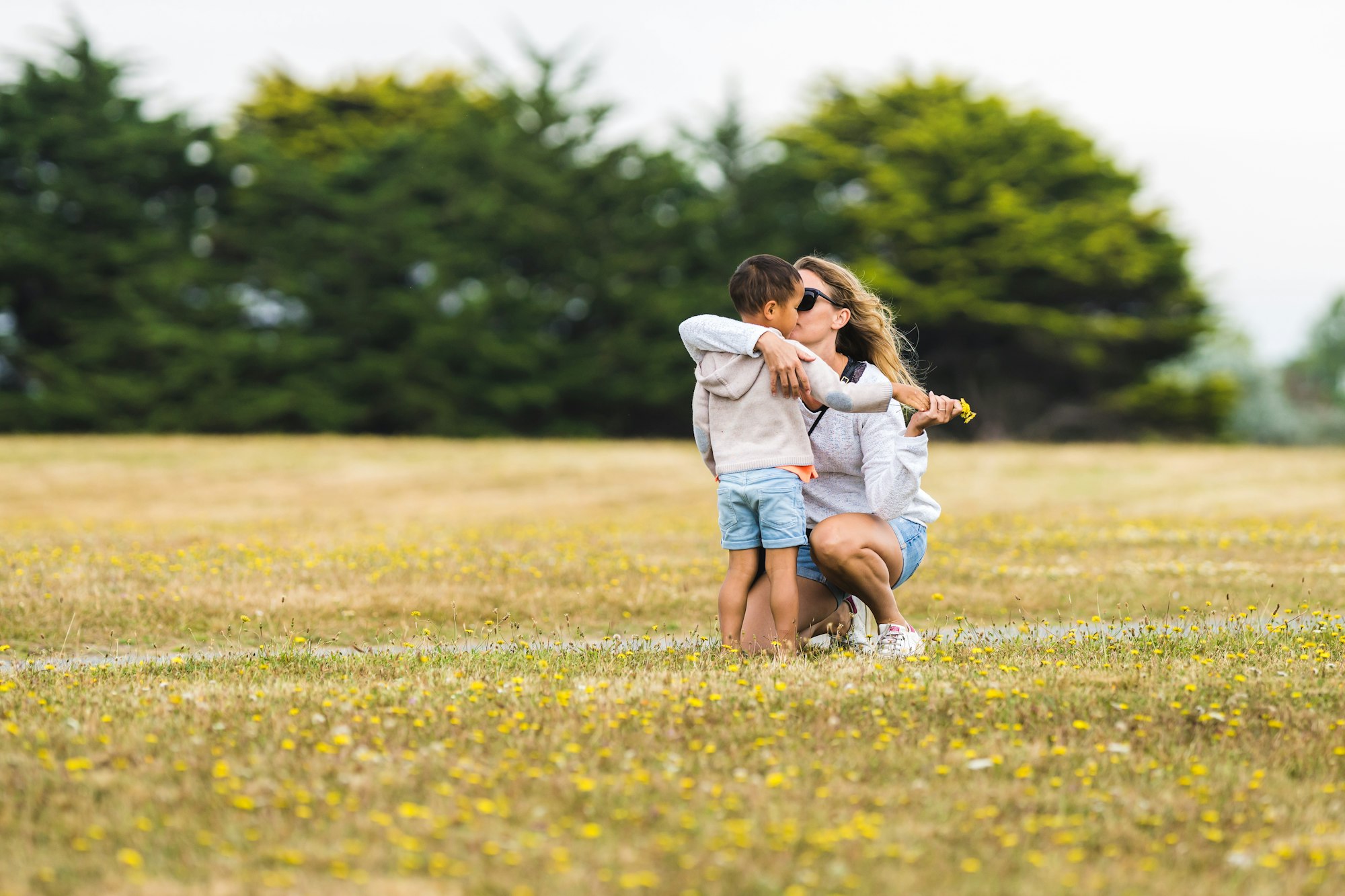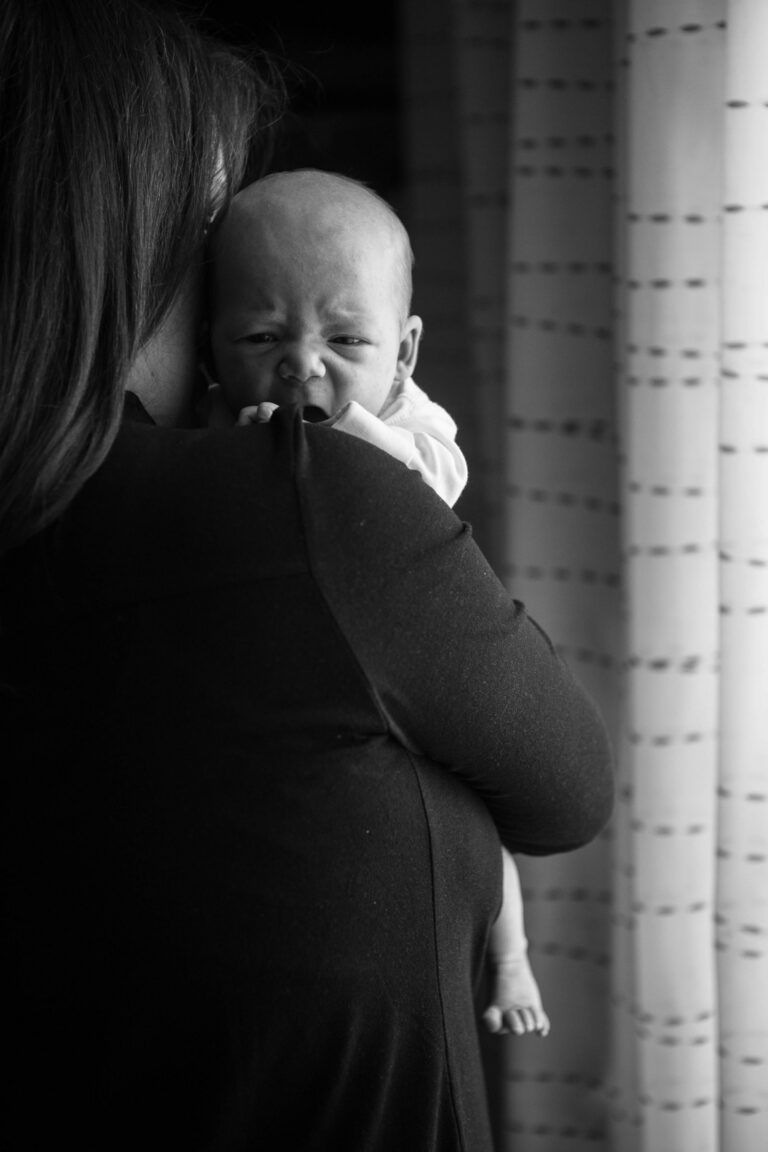In those moments when your child clings to you after a difficult day, or when they dare to venture with shining curiosity into a new playground, something profound is happening beneath the surface—an intricate dance of brain chemistry, trust, and inner assurance. Emotional security for children sits right at the heart of these subtle exchanges: that deep, almost invisible sense of being safe, loved, and genuinely understood. Are you sometimes unsure how to nurture this sense for your child, especially in the swirl of changing routines, everyday stresses, or amidst worries about their mental health? You’re not alone in pondering this puzzle. Parents often seek concrete strategies and scientific insight on fostering emotional security for children—wondering how it links to confidence, resilience, and future success. How does daily life—family relationships, socioeconomic realities, or even the tone of voice at home—sculpt your child’s sense of inner safety? Explore beneath the surface: What is emotional security for children truly built upon, why does it matter so much, and how can practical, medical-backed techniques weave it into the fabric of your family?
Grasping the Essence: What Is Emotional Security for Children?
Emotional security for children is not something abstract or distant. It’s the steady heartbeat that calms their fears, the gentle anchor that reassures them during turbulent moments. It’s rooted in neurobiological processes—when a child perceives their world as predictable and relationships as consistently supportive, their nervous system can regulate itself with remarkable efficiency. This delicate physiological balance underpins how they explore, express, and connect.
Clinically, the secure base provided by caregivers activates positive hormonal responses (think: oxytocin, the “bonding hormone”), giving the brain permission to shift energy away from constant scanning for threats and toward learning, memory creation, and social engagement. Is your child able to recover from setbacks? Do they show curiosity in new environments? Often, these are subtle signals that their emotional security is intact and growing robustly.
Biological and Psychological Foundations: Key Concepts Explained
Pediatric research, echoing the findings of attachment theory, underscores how children’s brains are wired for connection right from infancy. Warm, responsive caregiving leads to strong synaptic connections in regions such as the amygdala and prefrontal cortex, which together regulate emotion and executive function. Emotional security for children is shaped both by genetics (temperament plays a role) and daily interactions.
- Attachment: When a caregiver is emotionally available and attentive to cues—soothing when a child cries, empathising with their frustrations—the child internalises a sense of safety.
- Emotion validation: Acknowledging your child’s feelings (even big, puzzling ones) builds their emotional literacy and reduces anxiety, setting the stage for resilience later in life.
- Predictable environments: Routines and regularity soothe the neural stress response, creating the backdrop for balanced development.
Secure Attachment: The Parent-Child Dynamic in Action
Imagine your child stomping in frustration because he can’t find his favourite toy. Your instinct may be to “fix” the problem, but it’s often your presence, not your solution, that does the healing. Scientific studies repeatedly highlight one pattern: It’s not grand gestures, but sensitivity to a child’s needs—responsive, attuned, and physically present— that makes all the difference.
When children sense their struggles are met with calm interest (not impatience), those neuronal pathways for emotional regulation get a workout. “Mommy sees that you’re sad.” “Papa’s here until you feel better.” Such statements translate into lifelong self-assurance. Curiously, many parents notice their children are angels at school but unleash pent-up emotion at home. This is not a sign of failure; rather, it’s a powerful indicator of trust.
The Pulse of the Home: Family Climate and Its Ripple Effects
The emotional tone that pulses through everyday conversations, arguments, reconciliations, and the small rituals of home life sets the emotional thermostat for everyone—children absorb these cues at an astonishing rate. Medical research finds chronic, unpredictable conflict (shouting matches, silent treatments) ramps up stress hormones, heightening vulnerability to anxiety and withdrawal. By contrast, homes where disagreement is managed with calm words, mutual support, and clear boundaries offer a buffer—strengthening emotional security for children.
Children don’t just learn from how adults treat them; they watch every interaction between grown-ups, subconsciously logging these mental “scripts” for future relationships. Consistent warmth, respectful disagreement, and visible moments of repair after conflict contribute far more than perfection ever could.
Expressing Unconditional Love: The Elixir for Self-Worth
There’s a world of difference between a child who knows, deep down, “I am loved because of who I am,” and one who feels loved only when behaving perfectly. Pediatric psychology stresses the power of unconditional acceptance. Explicitly saying, “I love you—even when you make mistakes,” is no small gesture; it mitigates toxic stress responses, helps prevent self-doubt, and becomes an antidote to performance anxiety.
Emotional security for children flourishes when love remains a given, not a reward. During moments of remorse or fear (“Did I disappoint you?”), reassuring your child paves the way for emotional growth and autonomy.
Validating Emotions, Building Emotional Intelligence
Not all parental instincts are automatic. It’s tempting to dismiss a child’s “big feelings” as trivial, but neuroscientific research reveals that emotion validation lights up circuits responsible for empathy and self-control. You don’t have to understand why your child feels a certain way—acknowledging, “I notice you’re worried,” is itself therapeutic. Later, you might gently share your own strategies: “Sometimes, deep breathing helps me when I feel nervous.”
Helping your child label their emotions, and modeling your own calm coping responses, does more than soothe the moment: it equips them with life skills for managing stress, navigating peer relationships, and making independent choices.
Everyday Routines: Anchoring Safety Amidst Change
Consistent schedules, mealtimes, and bedtime rituals act as neurobiological balms. To a child’s developing brain, predictability is safety. Keep a favourite story before bed, or share a “high and low” of the day over dinner—these acts don’t just fill time, they send vital signals to the nervous system: The world is stable, manageable, and secure.
If routines get disturbed by family stress, illness, or financial pressures, try to maintain a few key rituals. Even pockets of predictability help preserve emotional security for children when storms roll in.
Fostering Independence Without Dismantling Security
There’s a delightful paradox here: Emotional security for children doesn’t breed dependence but rather launches them into autonomy. By offering manageable, age-appropriate choices—“Would you like the red cup or the blue?”—and gently letting them take the lead, you cultivate confidence. These micro-decisions increase dopamine (the brain’s “reward” chemical), linking autonomy to well-being and building stress resilience.
Yet, even the most independent child still needs to return to the “safe harbour” of home after bold adventures. This interplay between exploration and reassurance, described in countless medical studies, is key for balanced development.
Detecting Signals: Signs of Emotional Security versus Insecurity
Is your child adapting to new experiences, sharing feelings openly, and forming bonds with both peers and adults? These are the hallmarks of emotional security for children. Conversely, ongoing anxiety, withdrawal, aggression, or sudden loss of interest could point to emotional insecurity. In medicine, persistent somatic complaints (stomach aches, headaches without physical cause), trouble sleeping, or drastic drops in academic performance are red flags.
Early recognition and supportive conversations—“I’m here for you, no matter what you’re feeling”—defuse escalating stress and set the groundwork for recovery.
What Can Disrupt Emotional Security? Insights From Paediatrics
Life throws curveballs—trauma, bullying, high-conflict family dynamics, or even chronic illness. These challenges can unsettle any child’s sense of stability, triggering defence mechanisms such as aggression or withdrawal. The best protective factor? Sustained, compassionate caregiving dovetailed with predictable routines. Sometimes, additional support is needed—consulting pediatricians or mental health professionals can introduce therapies, coping strategies, and school accommodations to bolster emotional security for children during tough times.
Financial stress and changing socioeconomic circumstances shouldn’t be underestimated. Reliable routines, honest reassurance, and nurturing small family rituals often act as buffers, helping children weather even significant changes.
Building Blocks: Practical Tools for Everyday Emotional Security
Practical tools benefit from medical insight but also thrive on creative flair:
- Emotion validation: “Looks like you’re upset—shall we talk or sit together quietly?” (proven to lower cortisol levels)
- Rituals and routines: A special handshake, a bedtime story, a shared chore after dinner to reinforce connection
- Creative supports: Imagining an “emotional umbrella” shielding from teasing at school, or drawing pictures of feelings together
- Coping stories: Share how you handled disappointment (“Last week, I felt frustrated too and going for a walk worked for me.”)
- Soothing strategies: A soft toy, slow breathing, gentle music—anything that helps regulate intense emotional states
Experiment and adapt—each child’s nervous system has its own preferences and sensitivities.
Core Elements of Emotional Security for Children: What Science Tells Us
- Consistent care and routines anchor the stress response system
- Unconditional love and acceptance drive healthy attachment and resilience
- Open communication increases emotional literacy and future relationship quality
- Physical and emotional safety embolden exploration and social learning
- Emotionally available caregivers reinforce capacity to manage adversity
- Encouragement of autonomy boosts confidence and decision-making skills
Balancing these pillars, parents can weave a net both strong and flexible enough to support growth, experimentation, and—when setbacks occur—quick rebounding.
Key Takeaways
- Emotional security for children emerges from dependable, responsive relationships and regular, loving routines—laying the groundwork for both resilience and creativity.
- Secure attachment, emotional validation, and the modeling of self-regulation are foundational for confident, emotionally intelligent children.
- Dramatic variations in sleep, appetite, or behaviour signal stress—don’t hesitate to seek guidance if needed.
- Life’s unpredictability—whether economic, emotional, or social—can be buffered by small but regular moments of safety and unconditional support.
- For extra reassurance and tailored support, resources and paediatric professionals are available. You can also download the application Heloa for personalised advice and free child health questionnaires.
Questions Parents Ask
How can I tell if my child feels emotionally secure?
Children who experience emotional security generally display a warm, open approach to both learning and relationships. They are often willing to try new tasks, may reach out for support during tough times, and have a knack for recovering from disappointments. If your child seeks comfort, shares both happy and sad moments, and builds friendships with some confidence—that’s often a very positive sign. Occasionally, children might appear quiet or anxious in some situations, but growth unfolds at an individual rhythm. Observing and gently engaging in conversation brings additional clues.
What should I do if my child has trouble trusting adults?
Building trust is a gradual, sometimes delicate process. One of the most effective paths involves maintaining predictable routines and responding consistently, even to difficult behaviours. Setting aside time for attentive listening—without rushing to solutions—can have a transformative impact. Trust develops over many small, patient interactions, so expressing gentle encouragement and recognising their efforts fosters genuine progress, little by little.
Can emotional security impact my child’s performance at school?
Most certainly—medical and educational research consistently highlights that emotional security for children boosts confidence, concentration, memory, and resilience in the classroom. When a child feels emotionally safe, they’re more likely to raise their hand, ask questions, and manage setbacks constructively. If you notice emotions affecting schoolwork or motivation, it’s worthwhile to talk with teachers and make sure your child feels understood and supported at home as well as at school. This partnership can be a powerful support for your child’s progress and happiness.









